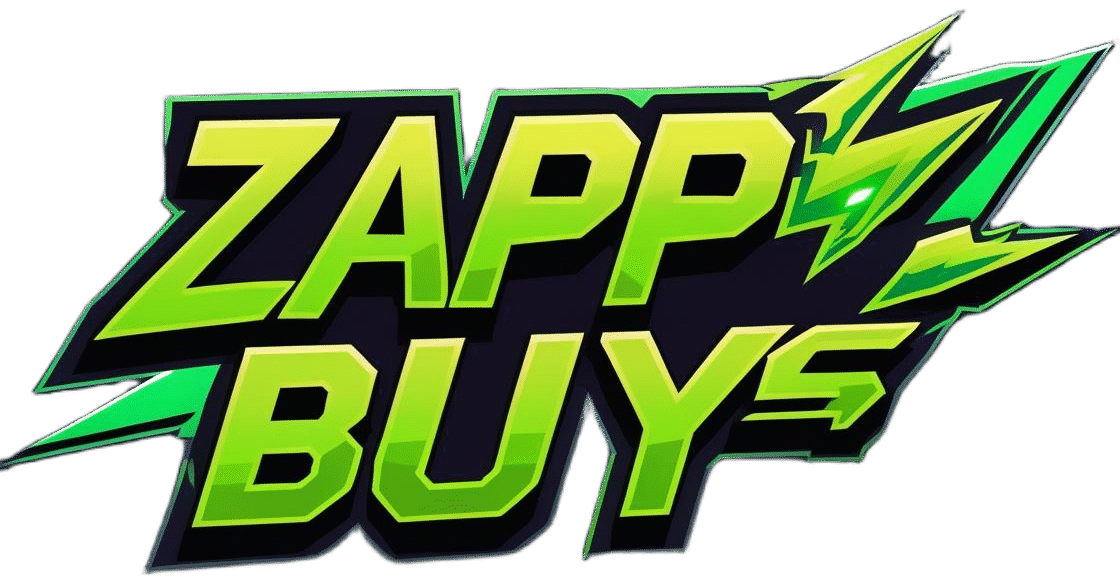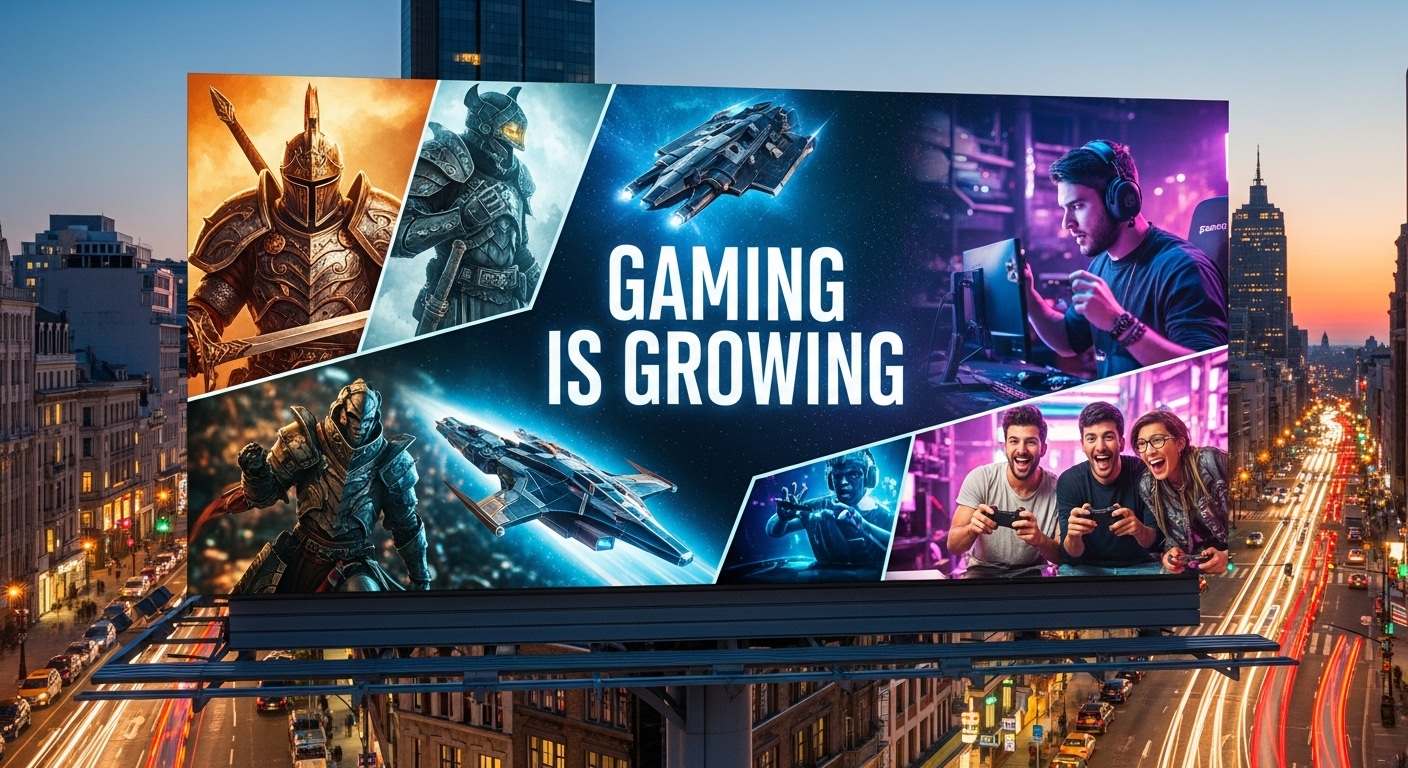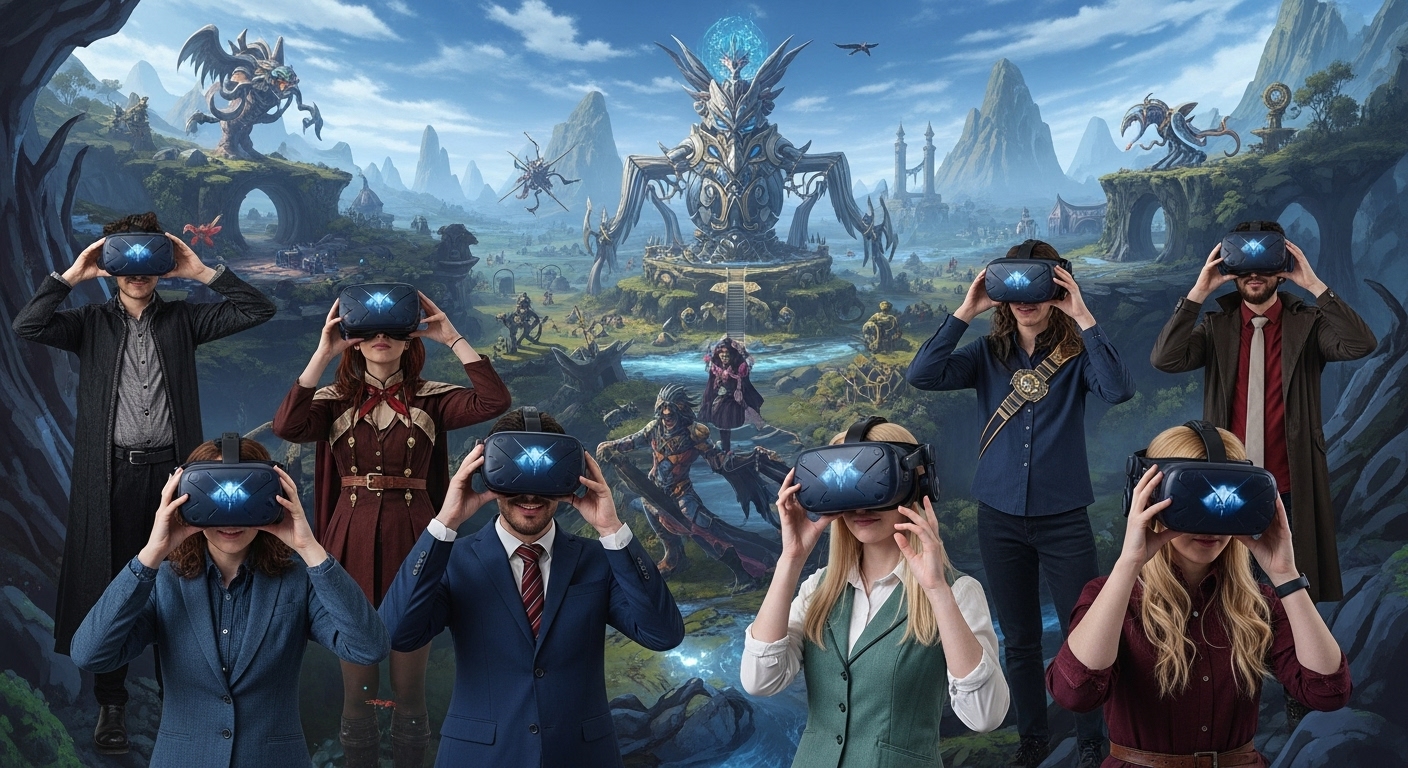Storytelling is as old as human civilization. From cave paintings to oral traditions, from printed novels to blockbuster films, stories have always been central to how people make sense of the world. Yet, in recent years, technology has introduced new ways of telling stories, and artificial intelligence has emerged as one of the most transformative forces in this evolution. AI is not only shaping the way stories are written and shared but also altering how audiences engage with narratives.
Artificial intelligence is redefining creativity, collaboration, and consumption in the storytelling process. What once required purely human imagination and labor can now be augmented—or even reinvented—through machine learning algorithms, generative models, and adaptive systems. This blog will explore how AI narratives are changing storytelling, the opportunities and challenges they bring, and what the future of this evolving relationship may look like.
The Rise of AI in Storytelling
Artificial intelligence first entered creative fields cautiously, with early experiments limited to text generation or automated news reports. But as natural language processing and generative models advanced, AI began demonstrating its ability to produce coherent, engaging, and sometimes even emotionally resonant stories.
Today, AI tools can generate entire novels, write movie scripts, assist with plot development, and create interactive stories that adapt to the reader or player. For example, generative AI systems trained on vast datasets can emulate the styles of famous authors, compose dialogue between fictional characters, or invent worlds with little human input.
What started as experimental novelty has quickly turned into mainstream practice, influencing publishing, film, television, video games, and even marketing. Storytelling is no longer bound to human authorship alone—it has entered a collaborative partnership between humans and machines.
AI as a Co-Author
One of the most profound ways AI is changing storytelling is by acting as a co-author. Writers can now rely on AI to brainstorm ideas, suggest plot twists, or even compose entire passages of text. Instead of replacing human creativity, AI often enhances it, giving authors new perspectives or directions they might not have considered.
For instance, an author facing writer’s block can use AI to generate prompts, alternative endings, or character backstories. This collaborative process not only saves time but also introduces fresh narrative possibilities. The writer remains in control of the final product but gains an assistant capable of producing endless variations.
This co-authorship model challenges traditional notions of originality and authorship. If an AI contributes significantly to a story, who deserves the credit? The human, the machine, or both? These questions highlight how AI is reshaping not only storytelling methods but also cultural conversations about creativity itself.
Interactive and Adaptive Narratives
AI also transforms storytelling by making it interactive and adaptive. In traditional stories, the audience is a passive consumer, following a fixed path created by the author. AI changes this dynamic by enabling stories that respond to audience input.
Video games, for example, have long experimented with branching narratives where player choices affect outcomes. But with AI, this can go much further. Adaptive AI systems can analyze player behavior and generate unique storylines in real time, ensuring that no two experiences are the same. Instead of pre-written branches, the narrative evolves organically based on audience interaction.
Interactive AI-driven narratives extend beyond gaming. Imagine reading a novel where the plot shifts depending on your preferences, or watching a film where characters adjust their decisions based on your emotional reactions. Such experiences blur the line between storyteller and audience, creating deeply personalized storytelling journeys.
AI in Film and Television
Hollywood has also embraced AI to varying degrees. Scriptwriting tools powered by AI can analyze successful films and suggest structures, pacing, and dialogue patterns. Studios use predictive models to gauge audience reactions to certain storylines, increasing the likelihood of box-office success.
Moreover, AI-generated characters and voices are becoming more sophisticated, allowing filmmakers to bring virtual actors to life or de-age performers for flashback scenes. These tools expand creative possibilities while raising debates about authenticity and the role of human actors.
AI also plays a role in editing, visual effects, and content personalization. Streaming platforms use recommendation algorithms that influence not only what viewers watch but also how stories are created, since data-driven insights often shape creative decisions. Thus, AI impacts both the production and the consumption side of storytelling.
Literature and AI-Generated Writing
The literary world is no stranger to AI’s influence. Automated systems can now generate poetry, short stories, and even full-length novels. Some experiments have produced works that mimic the styles of famous writers so convincingly that readers struggle to tell the difference.
This raises questions about the value of human creativity. If machines can write compelling stories, does it diminish the role of human authors? Many argue the opposite. AI writing lacks lived experience, cultural context, and emotional authenticity, qualities that make human stories resonate deeply. However, when used as a tool, AI can help authors push creative boundaries, explore unconventional styles, or speed up their workflow.
In classrooms and creative workshops, AI is being used as a teaching tool, allowing aspiring writers to experiment with narrative structures and styles. Rather than replacing literature, AI may diversify it, expanding the range of voices and ideas in the world of storytelling.
The Emergence of AI-Generated Characters
AI is not limited to writing stories; it can also create characters that interact with audiences. Chatbots, for instance, can embody fictional personalities, engaging with fans in real time. These AI-driven characters can extend a story beyond its original medium, transforming novels, films, or games into interactive universes.
Imagine speaking directly with a beloved character, asking them questions, or influencing their decisions. This type of engagement deepens immersion and makes stories feel alive. Some video games already experiment with AI-powered non-playable characters that respond dynamically to player actions, creating more realistic and emotionally compelling experiences.
Such characters bring new challenges, too. If a fan has a negative experience with an AI-driven character, does it reflect poorly on the story’s creators? Managing these interactions responsibly will be crucial as AI narratives become more common.
Personalization of Storytelling
One of AI’s most powerful contributions is personalization. Traditional stories are created for broad audiences, but AI can tailor narratives to individual preferences. By analyzing data such as reading habits, emotional responses, or even biometric feedback, AI can craft stories that feel uniquely suited to each person.
For instance, an AI system could detect that a reader enjoys suspense and adjust a mystery novel’s pacing accordingly. A horror game could adapt its scares based on a player’s reactions, making it scarier for some and milder for others. This personalization not only enhances engagement but also makes storytelling more inclusive by accommodating diverse tastes and comfort levels.
However, personalization also raises concerns about privacy and creative integrity. If stories are endlessly customized, do they lose their universal appeal? Balancing personalization with shared cultural narratives will be a key challenge in the future of AI storytelling.
Ethical Considerations in AI Storytelling
As with any transformative technology, AI in storytelling brings ethical dilemmas. Issues of authorship, originality, and ownership are central. Who owns an AI-generated story—the developer of the AI, the person who provided the prompt, or the AI itself? Intellectual property laws are still catching up with these new realities.
Another concern is bias. AI systems are trained on existing datasets, which may contain cultural biases, stereotypes, or harmful narratives. Without careful oversight, AI-generated stories could reinforce these issues. Transparency and responsible training practices are essential to ensure that AI narratives are inclusive and respectful.
There are also concerns about the devaluation of human creativity. While AI can generate content quickly, does it risk flooding the market with formulaic or soulless stories? Many believe the solution lies in collaboration—using AI as a tool to support rather than replace human storytellers.
The Impact on Audiences
AI narratives not only affect creators but also reshape audience experiences. Interactive and adaptive storytelling gives audiences more agency, but it can also blur the boundaries between fiction and reality. If AI-driven characters respond convincingly, audiences may form emotional attachments to them, raising psychological and social questions.
Furthermore, personalized stories might create echo chambers, where individuals only consume narratives that align with their preferences. This could limit exposure to diverse perspectives, which has traditionally been one of storytelling’s greatest strengths. On the other hand, AI also offers the potential to introduce audiences to new genres and styles they might not have explored otherwise.
Ultimately, AI narratives change how audiences consume, engage with, and interpret stories, making the experience more participatory but also more complex.
The Future of AI Storytelling
Looking ahead, the possibilities for AI storytelling are vast. Virtual reality and augmented reality combined with AI could create fully immersive story worlds that react to every choice a participant makes. Generative AI could enable dynamic narratives that evolve endlessly, offering infinite replay value.
Collaborative platforms may allow writers, filmmakers, and audiences to co-create stories in real time with AI as the mediator. Education could also benefit, with AI generating interactive narratives that teach history, science, or ethics in engaging ways.
At the same time, the industry must navigate ethical challenges, protect human creativity, and ensure that AI narratives enhance rather than diminish cultural diversity. The future of storytelling will likely be hybrid, combining the imagination of humans with the computational power of machines.
Conclusion
AI narratives are not just a technological novelty; they represent a fundamental shift in how stories are created, shared, and experienced. From co-authoring literature to powering adaptive video games, from personalizing content to generating interactive characters, AI is expanding the boundaries of storytelling in unprecedented ways.
While challenges around ethics, authorship, and bias remain, the opportunities for creativity and innovation are immense. Stories have always evolved with human progress, and AI is simply the latest chapter in this ongoing saga. What remains constant is our need for stories—whether told around a fire, printed on a page, projected on a screen, or generated by an algorithm.
The future of storytelling lies not in choosing between humans and machines but in embracing the synergy between the two. Together, they can create narratives that are richer, more immersive, and more inclusive than ever before.


